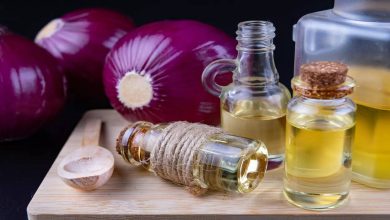Mimosa pudica, known as the sensitive plant, touch-me-not, or dormideira in Portuguese, is more than a captivating plant that folds its leaves when touched. Originating from Central and South America, this humble plant has been a part of traditional medicine for centuries due to its potent healing properties. While its responsive movement fascinates many, the real magic lies in its extensive health benefits. This article explores ten of these benefits and practical methods to incorporate Mimosa pudica into your wellness routine.

10 Health Benefits of Mimosa Pudica
- Anti-inflammatory Properties Mimosa pudica has remarkable anti-inflammatory effects, helping reduce bodily inflammation. When applied as a poultice to swollen areas or taken as a tea, it can help soothe conditions such as arthritis, muscle pain, and other inflammatory disorders.
- Liver Health Support This plant is known for its hepatoprotective properties, meaning it aids in detoxifying and protecting the liver. By supporting liver function, Mimosa pudica assists the body in cleansing toxins, promoting overall liver health and function.
- Digestive Aid Mimosa pudica is beneficial for digestive health, particularly in managing constipation and diarrhea. Its mild laxative properties help regulate bowel movements, while its anti-inflammatory effects make it ideal for soothing the digestive tract.
- Antimicrobial and Antiviral Effects Studies have shown that Mimosa pudica has antimicrobial and antiviral properties, making it useful for combating infections. It can be applied to minor wounds, prevent infections, and aid in managing certain viral conditions.
- Sedative and Relaxant For those struggling with anxiety, insomnia, or stress, Mimosa pudica’s mild sedative properties can help calm the nervous system, promoting relaxation and better sleep quality.
- Oral Health With antibacterial qualities, Mimosa pudica is an effective natural remedy for oral health. Used as a mouth rinse, it reduces inflammation and combats infections in the mouth, throat, and gums.
- Wound Healing Mimosa pudica’s combination of anti-inflammatory and antimicrobial properties makes it excellent for wound healing. Applied as a poultice, it can speed up the healing process for cuts, sores, and skin infections.
- Menstrual Relief Women experiencing menstrual cramps or PMS symptoms may benefit from Mimosa pudica. The plant helps to alleviate pain, lessen irritability, and even support menstrual cycle regulation.
- Support for Hemorrhoids Known for its soothing properties, Mimosa pudica can provide relief for hemorrhoids, easing pain and inflammation when used topically or taken as a supplement.
- Antioxidant Properties Rich in antioxidants, Mimosa pudica helps combat oxidative stress, which supports overall health and reduces the risk of chronic diseases associated with oxidative damage.

How to Use Mimosa Pudica: 4 Practical Applications
- Herbal Tea
- How to Prepare: Boil one teaspoon of dried Mimosa pudica leaves in a cup of water for about 10 minutes. This tea can be enjoyed for its soothing effects on digestion, liver health, and general detox support.
- Topical Poultice
- How to Prepare: Crush fresh Mimosa pudica leaves and stems into a paste. Apply this directly to wounds, sores, or skin irritations and cover with a clean cloth. Leave the poultice on for a few hours, then rinse. Repeat as needed for inflammation or minor skin issues.
- Gargle for Oral Health
- How to Prepare: Boil a handful of Mimosa pudica leaves in water, let the liquid cool, and use it as a mouthwash. This helps reduce inflammation and fight infections in the mouth, throat, and gums.
- Bath Soak
- How to Prepare: Add a handful of dried leaves or a few drops of Mimosa pudica extract to warm bathwater. Soak for 20–30 minutes to enjoy the plant’s anti-inflammatory and relaxing properties.
Disclaimer
While Mimosa pudica is a powerful natural remedy, it’s essential to use it responsibly. Always consult a healthcare professional before adding it to your health regimen, especially if you have preexisting health conditions or are taking other medications. Avoid excessive consumption, as higher doses can lead to unwanted side effects. Use in moderation for the best results.
Inspired by This? Share the Knowledge!
If you found this article helpful, share it with friends to spread the word about Mimosa pudica’s amazing benefits and practical uses!





